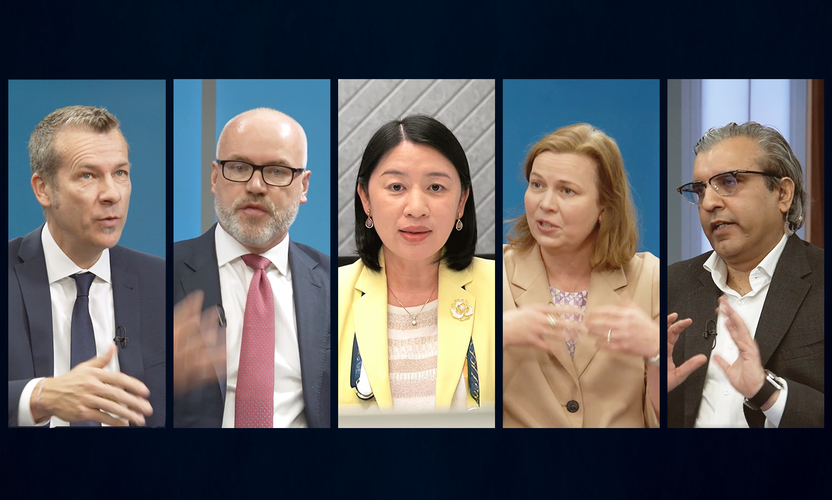More than two decades ago, in early 2000, US banking stocks were bottoming out as the dotcom bubble burst and America’s economy headed for recession. As the chart below shows, just over two years later the S&P’s banks index had gained more than 50 per cent. The S&P 500, by contrast, was down 40 per cent and would take another five years to recover.
Banks tend to do well as an economy emerges from a downturn and there are signs that story is beginning to play out again in the US. The country’s regional banks became pariahs after the collapse of Silicon Valley Bank in March 2023. But this wasn’t the start of a new Global Financial Crisis (GFC). Co-ordinated intervention by authorities and regulators calmed investors and by November there were signs of valuations troughing. Since then, financial stocks seem to have been recovering. Catching the bottom of the index could lead to substantial gains. But it’s still unclear if this is the end of the story.
The consumer conundrum
The outlook for banks in 2024 is complicated. Households are under more pressure and institutions, wary of recession, are building reserves as they did at the start of the pandemic. That will be a drag on earnings for the months ahead. There will be less deposit growth, less asset value growth, and less demand for loans. Income will be squeezed on all sides.
We will be watching credit card data closely. Numbers of early-stage delinquencies give a good indication of the losses issuers are likely to face in six months’ time. Most banks have already seen credit card losses normalise from abnormally low levels following Covid, but that is with unemployment at 3.8 per cent. The question is what happens if unemployment rises - will there be a jump in delinquencies?
The higher quality of borrowers now compared to before the financial crisis should act as a buffer. Before the GFC, most credit card portfolios carried about 35 per cent subprime. Today, many of the best-known credit cards - Citi, JP Morgan, even Discover - are closer to 15 per cent, or even less.
The truth is that it’s proving hard to predict how inflation affects consumer behaviour. Credit cards didn't exist the last time we had comparable levels of inflation. Banks may be accustomed to downturns, but from a modeling standpoint, 30 years of subdued price growth make it hard to tell.
Solid foundations
The positives going into the new year are clear to see. Valuations are attractive, bank balance sheets are quite healthy, fee income should rebound, and banks will continue to profit from high interest rates in 2024. Even if rates do fall, lenders will benefit from the resulting boost to the broader economy.
From an investor’s point of view, the risks of whatever pain is to come can be set against what are now sharply higher rewards. Dividend yields for major banks are above 5 per cent and for some regional players as high as 8 per cent. Bank credit yields are 5.5 per cent. Those are numbers worth keeping in mind as 2024 gets underway: a year that carries more risk for equity markets than at any time since 2009.








































